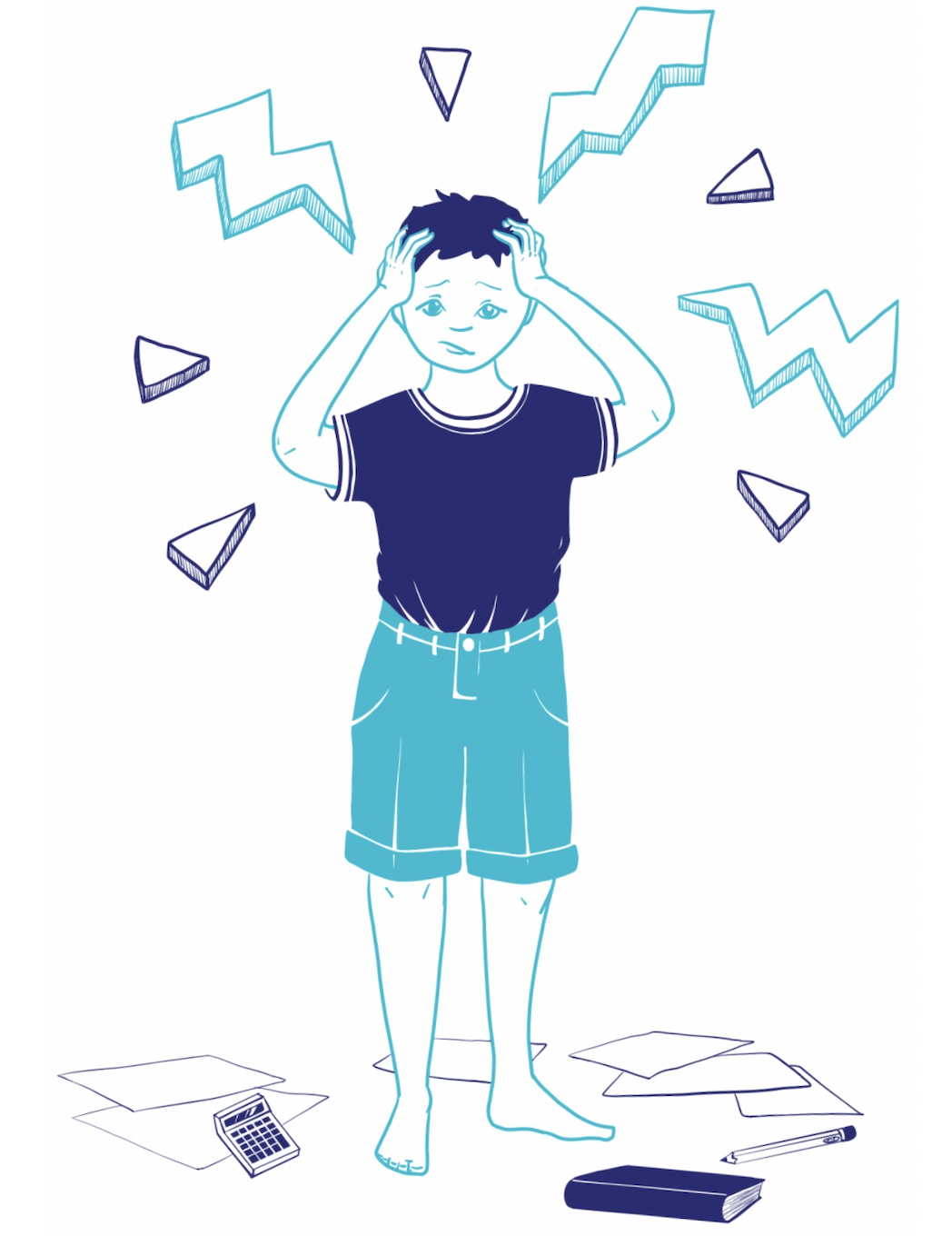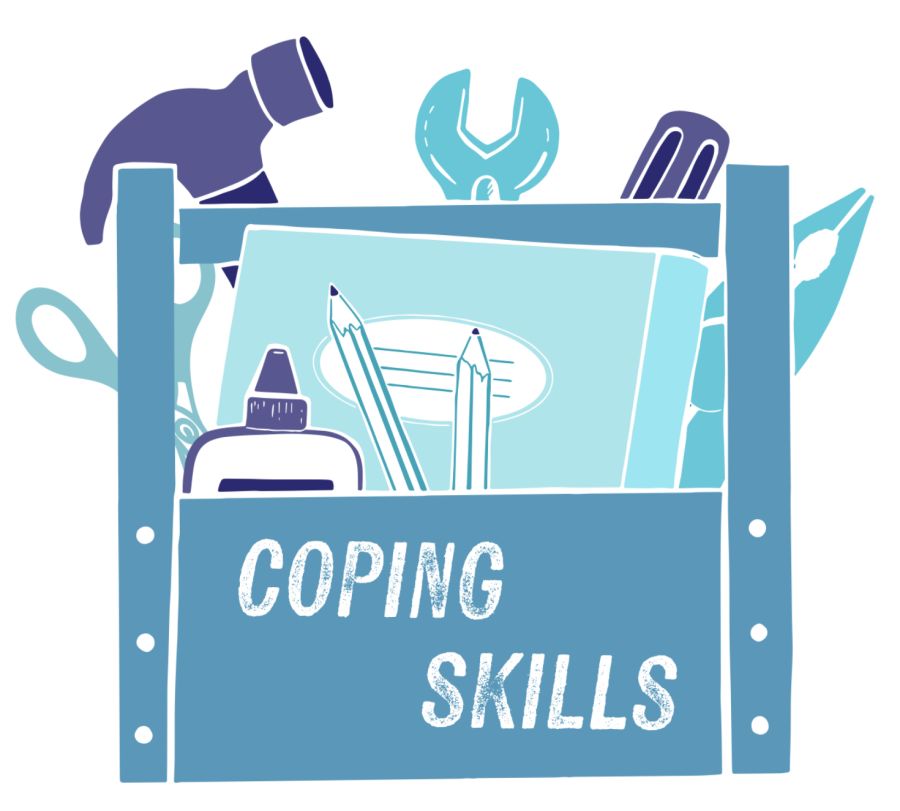ADHD and Headaches

Did you know that kids diagnosed with ADHD are twice as likely to experience headaches or migraines than kids without ADHD. This risk for headaches and migraines only rises with age. Although you won’t find headaches or migraines listed under the diagnostic criteria for ADHD, the unmistakable connection has caught the eye of many researchers, and rightfully so. While the research into this connection is still new, there are a few leading theories.
One theory suggests a biological component involving pathways of dopamine in the brain. Dopamine is a neurotransmitter in that brain that acts as a reward system. It reinforces actions that lead to pleasure. Researchers know that both ADHD and migraines are triggered by a dysfunction of the dopamine pathways in the brain. Until we know how and why this dysfunction occurs, the biological connection between the two remains a theory.
The other main theory focuses more on the effects of ADHD and less on the cause of it. In short, ADHD is a processing disorder that largely affects executive functioning skills. The brain is capable of receiving and understanding information, but is lost when it comes to organizing it. The ADHD brain doesn’t know what information is important and what can be ignored. Instead of filtering the data, leaving only the key details to be processed, it takes in everything, all the time, all at once. On top of that, since it also struggles to regulate emotions, the brain feels that intensity all day, everyday. So, it may not surprise you to hear the second main theory is based on the concept of executive function overwhelm.
Everything from picking out an outfit, to prioritizing a to-do list, and even making plans to hang out with friends, required executive functioning skills. Let’s picture it this way. Imagine the brains energy as coins. Everyone can only spend ten coins a day. Everytime you make a decision, plan ahead, or organize information you have to spend one of your coins. However if you have ADHD the same tasks cost you two coins. In this scenario a person without ADHD can complete up to ten executive functioning tasks before running out of coins. While the person with ADHD can only complete five of these tasks before they too run out of coins. It is not that the person with ADHD is lazy or doesn’t want to complete more tasks, but they literally can’t afford to. Since we know it takes more energy for an ADHD brain to make decisions; and we know the ADHD brain takes in more information that needs to be processed, it’s easy to see how the brain can get exhausted so quickly.
The exhaustion from all of the unfiltered data entering the brain, floods the system, causing headaches and migraines. If everything we do involves some level of executive functioning, how can you reduce the risk of headaches? You can reduce the risk by giving your brain a chance to rest. That means, take a break. Step away from anything that over-stimulates the brain. Instead find an activity that helps slow down the brain. Exercise, meditation and short naps are three of the most effective ways to rest and recharge the brain. Taking time to rest, not only reduces the risks of headaches and migraines, it also improves focus. It is an essential part of turning ADHD from a hindrance, to a benefit.
Annalyse Tanzos
Related Articles That Might
Interest You

Neurodivergent Special Interest

Coping Skill( CBT techniques and DBT techniques)
